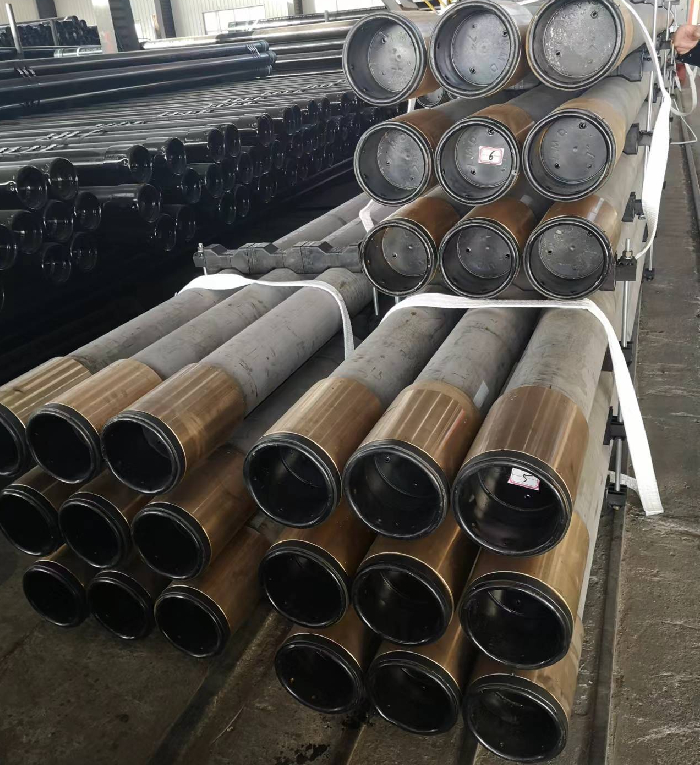- Afrikaans
- Albanian
- Amharic
- Arabic
- Armenian
- Azerbaijani
- Basque
- Belarusian
- Bengali
- Bosnian
- Bulgarian
- Catalan
- Cebuano
- Corsican
- Croatian
- Czech
- Danish
- Dutch
- English
- Esperanto
- Estonian
- Finnish
- French
- Frisian
- Galician
- Georgian
- German
- Greek
- Gujarati
- Haitian Creole
- hausa
- hawaiian
- Hebrew
- Hindi
- Miao
- Hungarian
- Icelandic
- igbo
- Indonesian
- irish
- Italian
- Japanese
- Javanese
- Kannada
- kazakh
- Khmer
- Rwandese
- Korean
- Kurdish
- Kyrgyz
- Lao
- Latin
- Latvian
- Lithuanian
- Luxembourgish
- Macedonian
- Malgashi
- Malay
- Malayalam
- Maltese
- Maori
- Marathi
- Mongolian
- Myanmar
- Nepali
- Norwegian
- Norwegian
- Occitan
- Pashto
- Persian
- Polish
- Portuguese
- Punjabi
- Romanian
- Russian
- Samoan
- Scottish Gaelic
- Serbian
- Sesotho
- Shona
- Sindhi
- Sinhala
- Slovak
- Slovenian
- Somali
- Spanish
- Sundanese
- Swahili
- Swedish
- Tagalog
- Tajik
- Tamil
- Tatar
- Telugu
- Thai
- Turkish
- Turkmen
- Ukrainian
- Urdu
- Uighur
- Uzbek
- Vietnamese
- Welsh
- Bantu
- Yiddish
- Yoruba
- Zulu
Understanding the Importance of Vacuum Hose Couplings in Automotive Systems and Maintenance
Understanding Vacuum Hose Couplings A Comprehensive Guide
Vacuum hose couplings may seem like a simple component within the many systems in industrial and automotive applications, but their importance cannot be overstated. These couplings play a crucial role in ensuring the safe and efficient operation of vacuum systems. This article delves into the significance of vacuum hose couplings, their types, applications, advantages, and considerations while selecting the appropriate coupling for specific needs.
What Are Vacuum Hose Couplings?
Vacuum hose couplings are specialized fittings used to connect hoses in vacuum systems. Their primary function is to create a secure and airtight connection between different parts of the vacuum system, which helps in maintaining the desired pressure and preventing leaks. These couplings can be found in a variety of applications, including automotive engines, industrial machinery, and HVAC systems.
Types of Vacuum Hose Couplings
There are several types of vacuum hose couplings, each designed for specific applications and requirements. Some of the most common types include
1. Barb Couplings These are simple fittings with a barbed end that inserts into the hose. The barbs grip the hose tightly, ensuring a secure connection. Barb couplings are commonly used in lightweight applications but may not be suitable for high-pressure systems.
2. Camlock Couplings These are quick-connect fittings that allow users to easily connect and disconnect hoses. They come with interlocking arms that secure the connection, making them ideal for situations where frequent hose changes are required.
3. Threaded Couplings These feature screw threads that provide a secure connection with the hose. Threaded couplings are commonly used in applications that require a more permanent bond and are available in different sizes and materials.
4. Flanged Couplings Designed with a flat surface, flanged couplings are bolted together to create a strong seal. They are ideal for high-pressure applications and can be found in heavy-duty industrial systems.
5. Quick Disconnect Couplings These couplings allow for fast and convenient connections and disconnections without the need for tools. They are popular in many automotive applications, enabling easy access to vacuum system components.
Applications of Vacuum Hose Couplings
Vacuum hose couplings are versatile and used in various industries and applications
- Automotive Industry In vehicles, vacuum hose couplings connect components like the brake booster, emissions systems, and HVAC systems, helping control air flow and pressure effectively.
vacuum hose coupling

- Industrial Manufacturing They are essential in manufacturing processes involving vacuum packaging, material handling, and dust collection systems to ensure seamless operation and prevent contamination.
- HVAC Systems In heating, ventilation, and air conditioning systems, vacuum hose couplings help maintain air pressure, thus optimizing energy efficiency and air quality
.- Laboratories Vacuum systems in laboratories rely on these couplings for controlled experiments, where maintaining a vacuum is critical.
Advantages of Using Vacuum Hose Couplings
Opting for the right vacuum hose coupling provides several benefits
- Leak Prevention A high-quality coupling ensures airtight connections, preventing unwanted leaks that can affect system performance.
- Easy Maintenance Many couplings, particularly quick-disconnect varieties, allow for easy access to system components, simplifying maintenance and repairs.
- Durability Properly selected couplings made from resistant materials can withstand harsh environments, ensuring a longer lifespan and reduced downtime.
- Versatility With various types of couplings available, they can be used in numerous applications across different industries.
Selecting the Right Vacuum Hose Coupling
When choosing a vacuum hose coupling, consider factors such as the application requirements, material compatibility, pressure ratings, and the frequent need for connection and disconnection. Ensuring a proper fit and appropriate sealing mechanism is critical to the performance and reliability of the vacuum system.
Conclusion
In conclusion, vacuum hose couplings are pivotal components within vacuum systems. Their proper selection and maintenance can enhance the efficiency and safety of industrial, automotive, and HVAC applications. By understanding the types available and their specific applications, users can make informed decisions that lead to optimal system performance.
-
Tubing Pup Joints: Essential Components for Oil and Gas OperationsNewsJul.10,2025
-
Pup Joints: Essential Components for Reliable Drilling OperationsNewsJul.10,2025
-
Pipe Couplings: Connecting Your World EfficientlyNewsJul.10,2025
-
Mastering Oilfield Operations with Quality Tubing and CasingNewsJul.10,2025
-
High-Quality Casing Couplings for Every NeedNewsJul.10,2025
-
Boost Your Drilling Efficiency with Premium Crossover Tools & Seating NipplesNewsJul.10,2025







